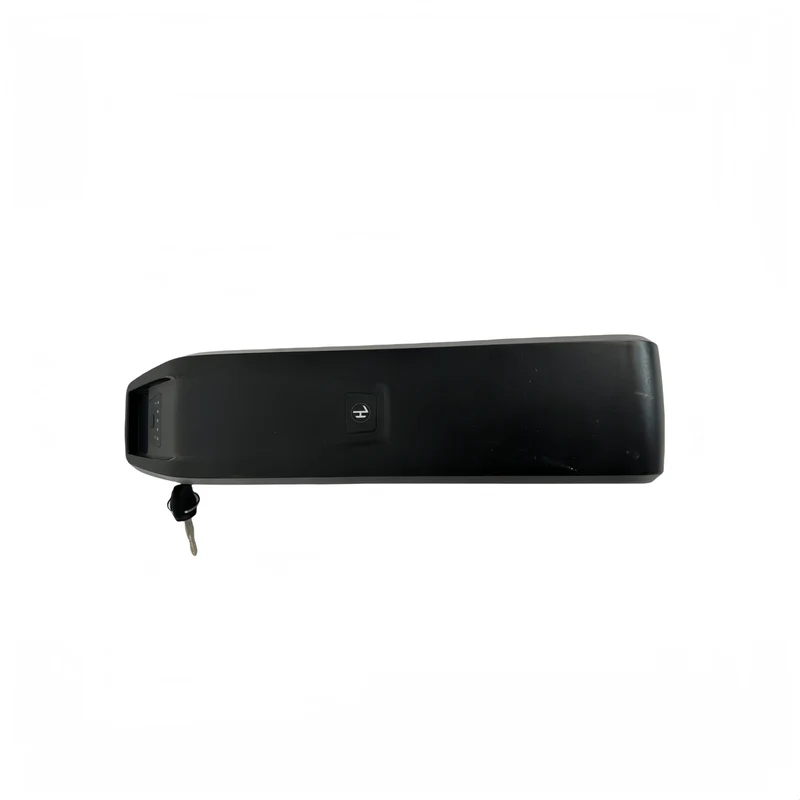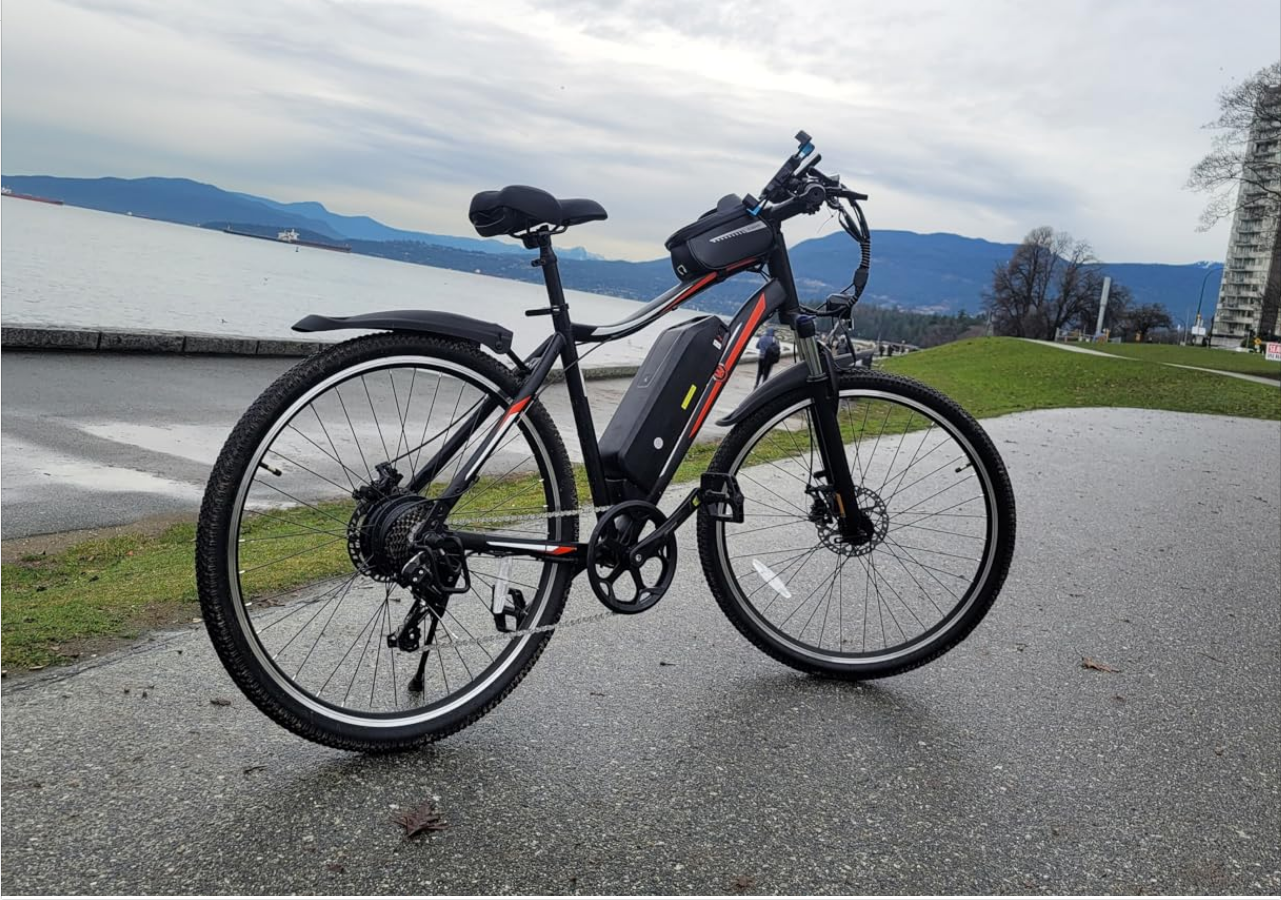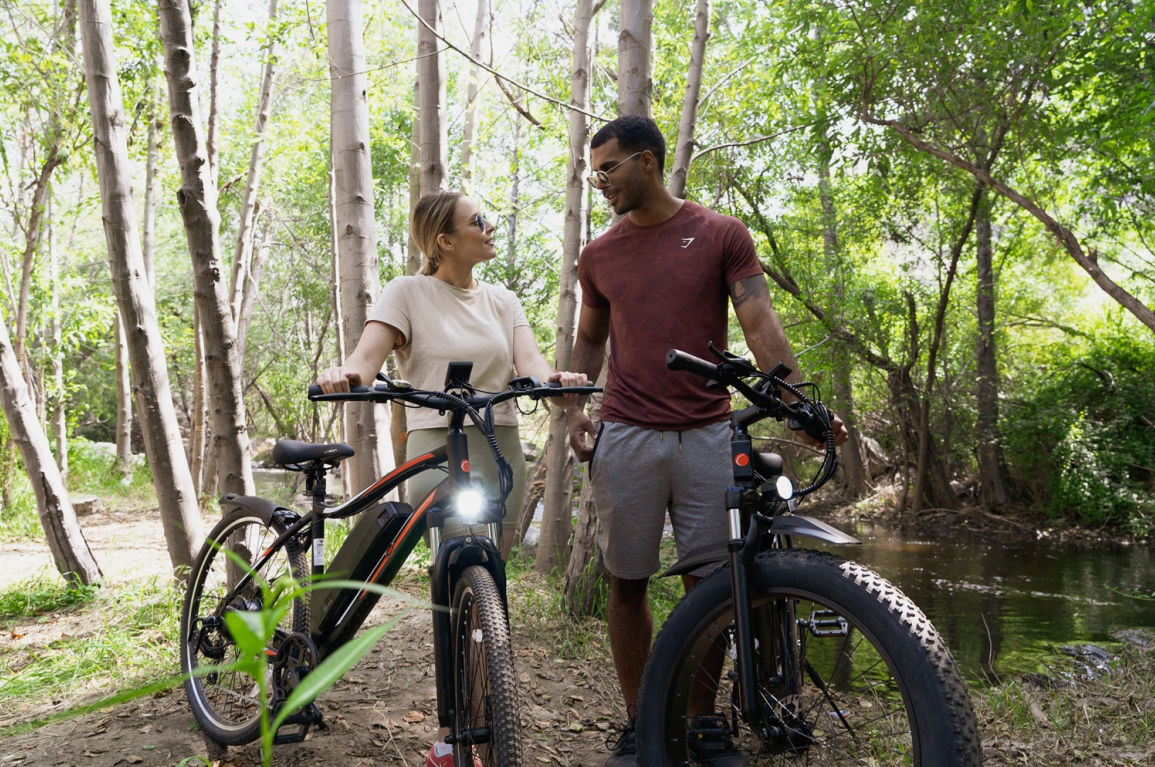**How to Protect the Battery of Your Taurus or Aries LEO Libra Gemini Electric Bike During Harsh Winter Conditions**
In the frigid winters of the United States and Canada, temperatures often plummet to between -20°C and -40°C (-4°F to -40°F). Such extreme cold poses a significant challenge for electric bike batteries. While electric bicycles are becoming increasingly popular for their eco-friendliness and convenience, it’s crucial for owners to understand how to effectively store and protect their batteries during the winter months. This article will explore various tips and strategies to safeguard your e-bike battery in winter, ensuring a consistent riding experience.
**Choose an Appropriate Storage Environment**
First and foremost, it’s essential to understand how batteries perform in low temperatures. Most electric bikes use lithium-ion batteries, which can experience a decrease in capacity when exposed to cold. Specifically, at -10°C (14°F), the usable capacity may drop by 20% to 40%, and at -20°C (-4°F), the battery's performance can significantly diminish, potentially rendering it inoperable. Therefore, understanding the battery's functionality and its behavior in cold conditions is the first step in protecting it.
To combat the harsh winter weather, owners should choose an appropriate storage location. Ideally, electric bikes should be stored in a warm, dry place, away from direct exposure to the cold outdoors. Consider placing your e-bike in a garage, indoors, or another enclosed space to ensure the battery is kept in a relatively warm environment. If indoor storage isn’t an option, using a thermal cover or a specialized insulation bag for electric bikes can help shield it from the cold.
**Regularly Check Battery Levels**
Regularly checking the battery's charge level is another crucial measure for battery protection. During the cold winter months, the self-discharge rate of batteries increases, meaning that even if the electric bike isn’t in use, the battery will gradually lose charge. Owners should regularly monitor the battery level and recharge it when it falls below 20%. It’s best to charge the battery in a warm environment to avoid potential damage from extreme cold.
**Maintain Battery Temperature**
In addition to storage and charge management, monitoring the battery's temperature is vital. The chemical reactions in lithium-ion batteries slow down in low temperatures, which can reduce discharge capacity and even risk freezing. Therefore, maintaining the battery at an appropriate temperature is very important. Owners might consider using a battery heater, especially during extreme cold spells, as this can effectively raise the battery temperature, ensuring it operates normally.
**Battery Maintenance**
Battery maintenance is equally important. Regularly cleaning the battery terminals to remove dust and dirt can improve conductivity and reduce resistance in cold conditions. Additionally, owners should avoid leaving their electric bikes unused for extended periods. If you plan to not ride for a while during winter, it’s advisable to remove the battery and store it properly as mentioned earlier.
In practice, many electric bike owners choose to remove the battery during winter and store it in a warm indoor environment. This not only protects the battery from cold-induced performance issues but also extends its lifespan. For those who prefer not to detach the battery, at the very least, ensure that the bike itself is kept in a warm environment or use an insulation cover.
Extreme cold can also affect the tires of electric bikes. Low temperatures can harden tires, reducing traction and increasing the risk of accidents. Therefore, owners should regularly check tire pressure and ensure it remains within the recommended range. Maintaining proper tire pressure not only enhances riding safety but also improves the bike’s range.
**Overall Maintenance**
Beyond these measures, owners should pay attention to the overall maintenance of their electric bikes. In the cold winter months, components like the chain, brakes, and other parts may also be affected, so it’s essential to regularly inspect their condition. Using anti-rust lubricant on the chain can effectively prevent rust and wear caused by the cold, ensuring a smooth and safe ride.
When riding in winter, it’s also important for owners to dress appropriately for the cold to ensure their safety and comfort. Wearing windproof and waterproof jackets, along with warm gloves, can enhance riding comfort and reduce the discomfort caused by the cold. Before heading out, make sure the e-bike battery is fully charged to avoid being stranded due to low power.
As winter gives way to spring, electric bike owners will be rewarded with a renewed riding experience. With proper winter care, the battery’s performance will be well-preserved, allowing you to fully enjoy the joys of electric biking in warmer weather. Thus, protecting the battery during winter is not only a responsibility to your electric bike but also an investment in your riding experience.
In summary, protecting your electric bike battery during the cold winters of the U.S. and Canada is an essential task. By choosing the right storage environment, regularly checking the charge, maintaining battery temperature, and ensuring overall vehicle upkeep, owners can effectively extend the battery's lifespan and ensure their e-bikes continue to provide convenient transportation as spring arrives. We hope every owner finds a suitable way to protect their battery during the cold winter months, making rides safer and more enjoyable.



Leave a comment
This site is protected by hCaptcha and the hCaptcha Privacy Policy and Terms of Service apply.